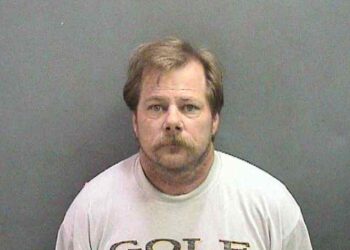Screams in the night. A gunshot. Ambulance sirens. These sounds still haunt the little neighborhood of Santa Ana Heights.
It happened in the wee hours of the morning on a warm August night in 2021, when a delirious 23-year-old (who should have been in something more like a hospital) bolted from a licensed Newport Beach detox — which sounds fancy, but is just a tract home in a residential neighborhood — and forced his way into a neighbor’s home, trying to evade the demons that plagued him. The terrified homeowner inside had a gun. In minutes, Henry Lehr was dead.
The company that runs that detox — Gratitude Lodge — has three licensed addiction treatment facilities in that little neighborhood. There’s one licensed care home for seniors. There’s a sober living home — those don’t have to be licensed by anyone — and now, a “social rehabilitation facility” has an application pending with the state to open there as well.
How much is too much? Who makes the rules? Who’s really protecting vulnerable people?
These questions arise in the latest skirmish between local governments and the state of California over the quantity and quality of mental health care — a front that may vastly expand as the state asks voters to approve $6 billion to expand treatment.
That treatment will happen in local neighborhoods. As things stand, local neighborhoods will have precious little input.
Too much?
This skirmish involves Newport Beach and the California Department of Social Services. The pending application at issue is from Pacific Coast Mental Health LLC, which seeks to operate a “social rehabilitation facility.”
Social rehabs are a new front here on the Rehab Riviera. In 2013, there were just 96 in the entire state, and only two of them were in Orange County. A decade later — after Orange County was declared the nation’s center of addiction industry fraud, and after new laws were passed to improve treatment quality — the number of addiction…
Read the full article here







